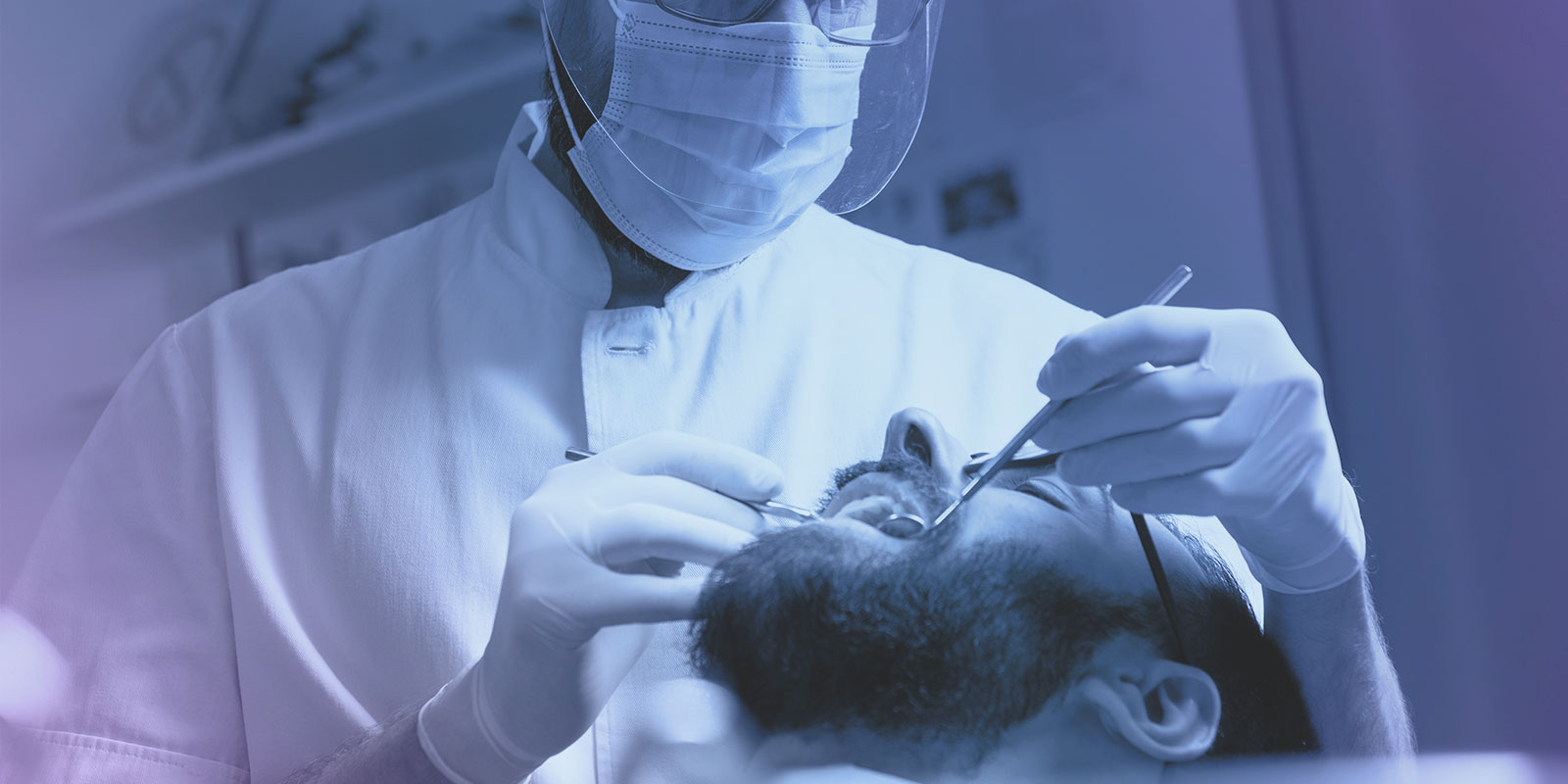
Oral health is a crucial aspect of overall well-being, and regular dental care plays a significant role in maintaining a healthy smile. Dental problems can range from simple cavities to complex procedures like root canals or orthodontic treatments. To provide comprehensive oral care, dental professionals must possess a diverse set of skills and expertise. This is where dental groups or group practices shine, as they bring together a team of specialists who collaborate to deliver high-quality dental services. In this article, we will explore the power of unity within a dental group and how it enables them to provide comprehensive oral care to patients. The Wicker Park Dental Group is renowned for its comprehensive and personalized dental services, ensuring patients receive top-notch care for their oral health needs.
-
Contents
Pooling Expertise and Skills
A dental group consists of dentists, dental hygienists, dental assistants, and various specialists such as orthodontists, periodontists, endodontists, and oral surgeons. By joining forces, these professionals combine their expertise and skills to offer a broad range of services under one roof. This collaborative approach allows for better coordination and comprehensive care tailored to each patient’s unique needs.
For instance, a patient requiring complex orthodontic treatment may need the expertise of an orthodontist, while someone with advanced gum disease may require the specialized care of a periodontist. In a dental group, such cases can be seamlessly managed by coordinating the efforts of multiple specialists, ensuring that the patient receives optimal care.
-
Streamlined Communication and Coordination
In a dental group, communication and coordination among team members are essential for providing effective care. Dentists, specialists, and support staff work together closely, sharing patient information, treatment plans, and progress reports. This streamlined communication enables the dental team to make informed decisions and deliver personalized treatment options.
For example, if a patient requires a dental implant, the general dentist, periodontist, and prosthodontist can collaborate to design a comprehensive treatment plan. They can discuss the case, review diagnostics, and coordinate the surgical and restorative aspects of the procedure. This ensures that all aspects of the treatment are seamlessly integrated, resulting in the best possible outcome for the patient.
-
Comprehensive Services Under One Roof
One of the significant advantages of dental groups is the ability to provide comprehensive services under one roof. Patients can receive routine check-ups, cleanings, restorative procedures, cosmetic treatments, oral surgeries, and orthodontic care, all within the same practice. This eliminates the need for referrals to multiple providers and allows for a more convenient and efficient patient experience.
For instance, a patient seeking orthodontic treatment may also require a dental filling or teeth whitening. In a dental group, the orthodontist can work in collaboration with the general dentist or cosmetic dentist to address all the patient’s dental needs simultaneously. This holistic approach saves the patient time, reduces the chances of miscommunication, and ensures a seamless experience from start to finish.
-
Continuity of Care and Patient Relationships
Dental groups often prioritize building long-term relationships with their patients. By offering a team of professionals with a wide range of expertise, they can provide continuous care throughout a patient’s oral health journey. This continuity allows for a deeper understanding of the patient’s unique dental history, preferences, and goals, resulting in more personalized care.
Furthermore, dental groups often invest in state-of-the-art technology and modern facilities. This enables them to offer the latest advancements in dental care, such as digital imaging, intraoral scanners, and computer-aided design and manufacturing (CAD/CAM) systems for same-day restorations. Patients benefit from access to cutting-edge techniques and technologies, enhancing the quality and efficiency of their dental treatment.
-
Enhanced Learning and Professional Development
Within a dental group, professionals have the opportunity to learn from each other and engage in ongoing professional development. Regular case discussions, seminars, and training sessions facilitate the exchange of knowledge and promote continuous improvement among the dental team.
This collaborative environment not only benefits the professionals but also translates into better outcomes for patients. The dental group’s commitment to staying updated with the latest research and advancements in the field ensures that patients receive evidence-based care and access to the most innovative treatment options available.
Conclusion
The power of unity within a dental group cannot be overstated. By bringing together a diverse team of dental professionals and specialists, dental groups offer comprehensive oral care that addresses the unique needs of each patient. Through pooling their expertise, streamlining communication and coordination, providing comprehensive services under one roof, maintaining continuity of care, and fostering a culture of learning, dental groups have revolutionized the way dental care is delivered. This collaborative approach not only enhances patient outcomes but also ensures a positive and convenient experience for individuals seeking dental treatment.


